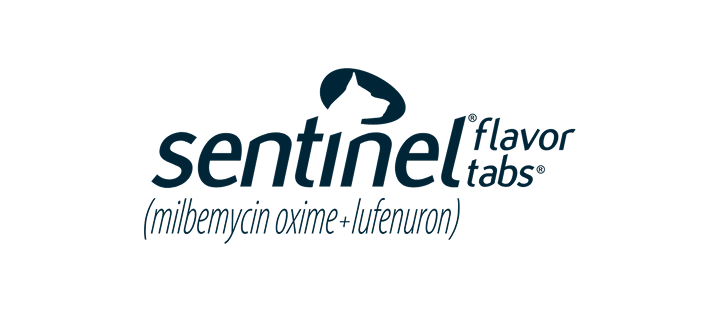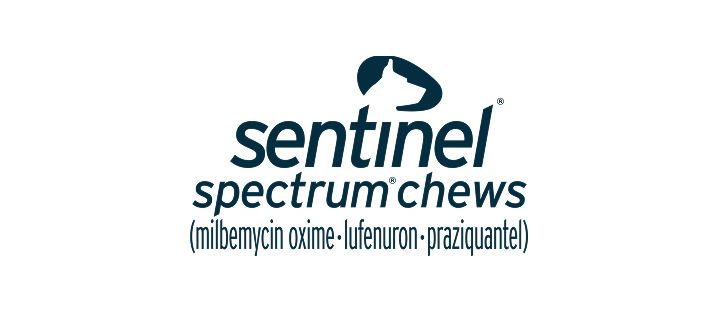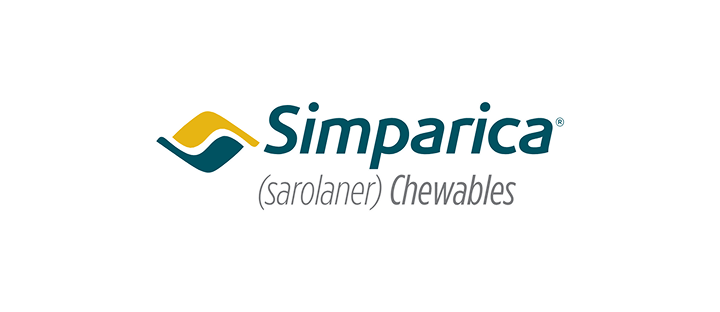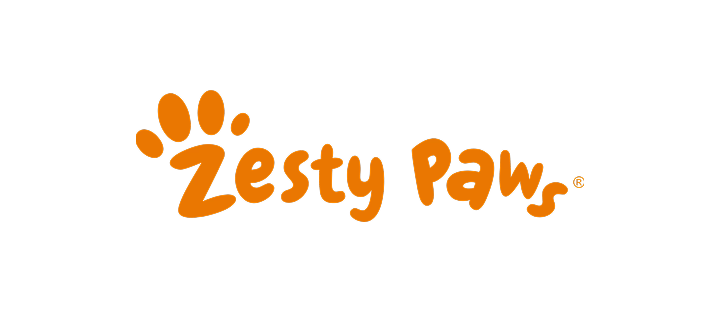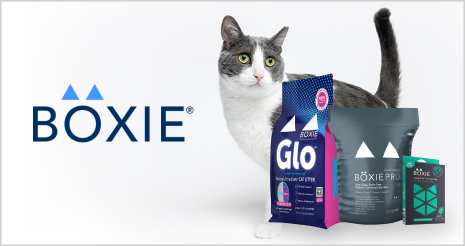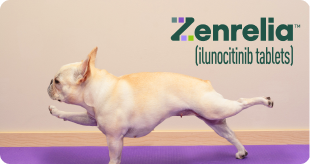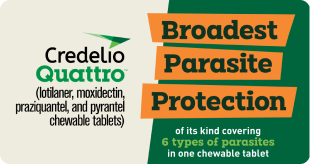With Halloween just around the corner, it’s a good time to address holiday safety issues for our animal companions.
Even the most well-behaved dogs can become overwhelmed on this holiday, so it’s best to crate anxious dogs or keep them in a quiet and separate room away from the front door during peak trick-or-treating hours. With more docile animals, you must still be quite careful that your dog or cat does not dart outside while you’re opening the door for trick-or-treaters.
In holistic medicine, there are several options for reducing anxiety in our animal companions during this festive holiday. A homeopathic remedy can ease sudden fears in nervous canine and feline family members. We have also used flower essences, which can be given every few hours as needed to calm fearful, or over-reactive animals.
I have also used the natural calming amino acid available at most health food stores ranging in dose from 100 to 400 mg per pet twice to three times that day.
Many of my holistic veterinary clients have found an herbal blend also quite effective in nervous animal family members, not just on Halloween but on other stressful days as well.
Regarding the “treats” of the Halloween holiday, it is very important to keep the candy bowl safely out of your pet’s reach. Most Halloween foods and treats are toxic to dogs and cats.
Many dogs will indiscriminately eat any items, including treat wrappers. Candy wrappers and holiday bags may result in intestinal obstruction if ingested by eager dogs.
We must especially pay close attention to any treats containing chocolate. The darker the chocolate, the more toxic it is to overzealous dogs, and can be quite harmful and even fatal, as the theobromine in chocolate may cause neurologic problems, including seizures in some pets. Regarding candy, we especially must be aware of the toxic artificial sweetener known as Xylitol, which is most commonly found in sugar-free candy, gum, and sugar-free baked goods.
Another holiday trend of recent years is more and more guardians dressing their animal companions in costumes. If you choose to dress up your pet for Halloween, ensure that the costume does not limit the animal’s movement, vision, or ability to breathe, bark or meow.
Beware of the dangling parts or pieces on costumes, which can easily become potential obstructive foreign bodies if ingested. Beads, snaps, buttons, ribbons, elastic and fabric can all be intestinal hazards.
Halloween candles may also become a hazard to happy canines, whose wagging tails and sniffing nose may easily contact the candle flames resulting in burns and injury. While a carved pumpkin is often a part of this festive holiday, animals can easily knock over a lit pumpkin resulting in potential fire hazards in the home. Consider switching to battery-powered pumpkin lights and candles.
With increased awareness ahead of time of potential holiday hazards discussed here, plus the help of natural calming agents mentioned above, Halloween can be a fun and safe time for both you and your pet.
Dr. Michael Dym, VMD










